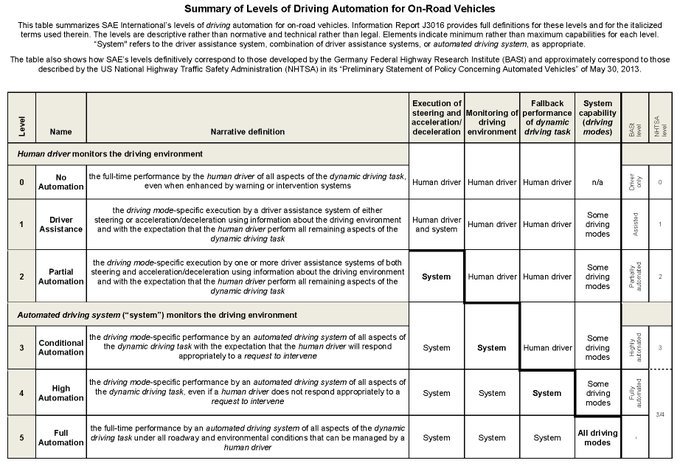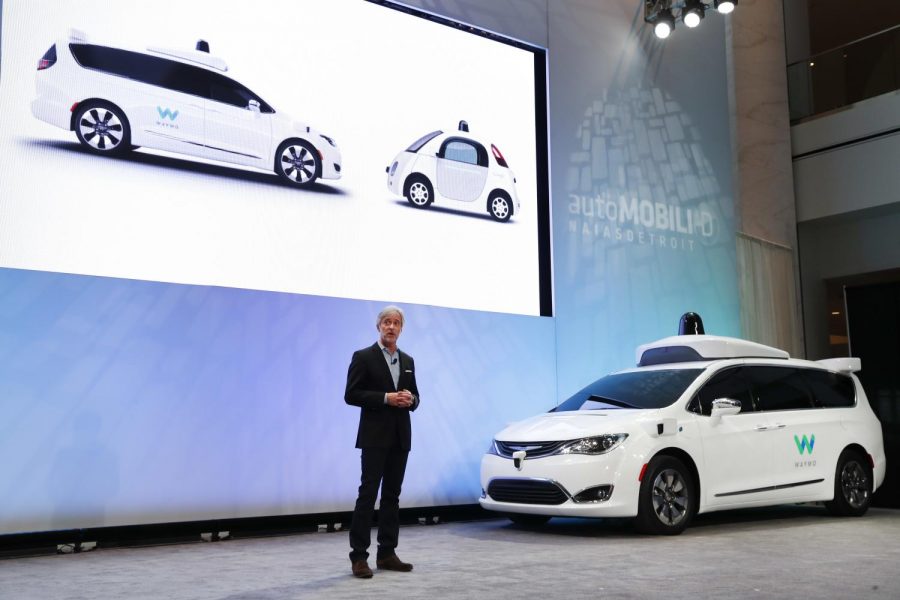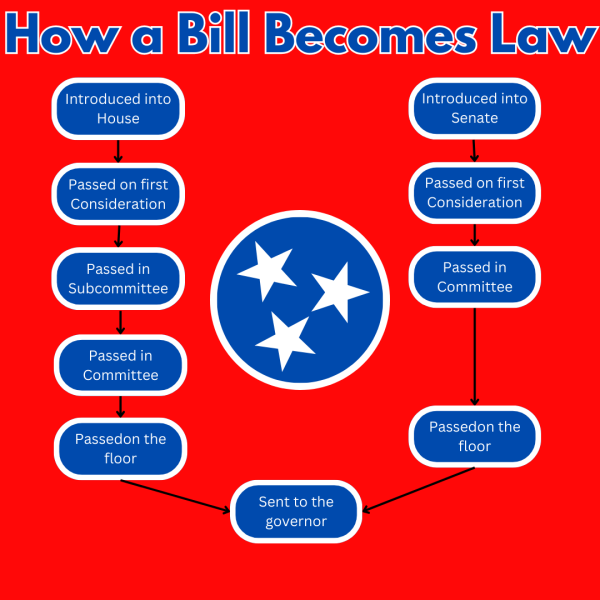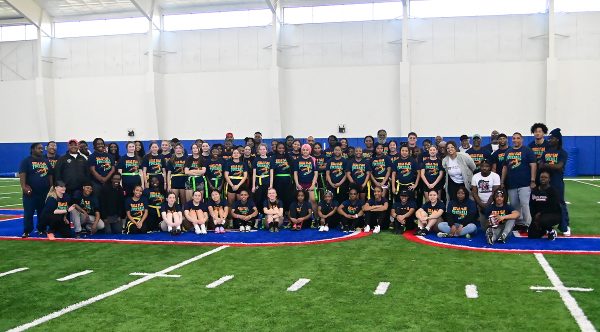Senate passes legislation clearing the path for driver-less cars
One of the big promises of artificial intelligence (AI) is our driverless future.
FILE – In this Jan. 8, 2017, file photo John Krafcik, CEO of Waymo Inc., the autonomous vehicle company created by Google’s parent company, introduces a Chrysler Pacifica hybrid outfitted with Waymo’s own suite of sensors and radar at the North American International Auto Show in Detroit. California regulators have taken an important step to clear the road for everyday people to get self-driving cars. The state’s Department of Motor Vehicles on Wednesday, Oct. 11, 2017, published proposed rules that would govern the technology within California, where manufacturers have been testing hundreds of prototypes on roads and highways.
LOS ANGELES — On Wednesday, October 4, 2017, the U.S Senate passed a bill that will play a key role in getting self driving cars out on public roads. The bill limits the amount of self driving cars auto-manufacturers can produce per year, and sets basic safety rules.
A public rollout for cars to be purchased is still a ways away, because companies still need to perfect technology before unleashing it for regular drivers. However, the Senate legislation means cars that are self-driving are that much closer to being purchased by the general public.
The bill allows automakers to apply for restrictions to current automobile safety regulations in order to sell self driving cars to the public. Manufacturers can sell 15,000 self-driving cars and light trucks (per manufacturer) in the first year after passage.
Up to 40,000 per manufacturer could be sold in the second year, and 80,000 each year thereafter. Between each year comes safety tests and inspections to evaluate the reliability of the cars before the manufacturer can increase sales.
Additionally, Wednesday, October 10, 2017, California’s Department of Motor Vehicles formally proposed rules that would begin governing next year how everyday people in the trend-setting state can get robocars.
It was a big step forward for regulations that were first discussed more than four years ago, first drafted in December 2015 and then substantially redrafted to accommodate companies’ concerns.
Automotive safety experts have some concerns with the bill. Joan Claybrook, a National Highway Traffic Safety Administration (NHTSA) administrator under President Jimmy Carter, said the bill is one of the “biggest assaults” ever on the landmark 1966 law that empowered the federal government to set auto safety standards because it grants manufacturers the ability to side step certain safety standards due to their ability to drive on their own.
Brian Krzanich, the chief executive officer of Intel Corporation, reviewed the Waymo car, one of the nations leading producers of driverless technology. He stated that this technology is “One of the big promises of artificial intelligence (AI) is our driverless future. Nearly 1.3 million people die in road crashes worldwide every year – an average 3,287 deaths a day1. Nearly 90 percent of those collisions are caused by human error2″.
Before the 1966 law, automotive companies had no safety standards that their vehicles had to meet before they could be driven on public roads.
“The public will be the crash dummies in this dangerous experiment,” she told reporters on a conference call Tuesday.

Under the bill, the NHTSA would have 180 days after an application is made by a manufacturer in which to grant or deny the exemption. Manufacturers must show that they can provide an equivalent of safety to cars driven by humans. Safety advocates from the NHTSA say six months isn’t enough time for an agency that is undermanned and lacks expertise in self-driving technology to effectively make such determinations.
The bill also includes language that specifically prohibits states from discriminating against people with disabilities by creating laws that would require a licensed driver to be present in a fully self-driving car at all times.
Advocates for the disabled have argued that self driving cars would be extremely beneficial to those without the ability to drive on their own, but laws that require licensed drivers present in the cars could be prohibitive to many people.
What the public is saying:


1 World Health Organization, Road Traffic Injuries Fact Sheet, Updated May 2017: http://www.who.int/mediacentre/factsheets/fs358/en/
2 National Motor Vehicle Crash Causation Survey, U.S. Department of Transportation, July 2008: https://crashstats.nhtsa.dot.gov/Api/Public/ViewPublication/811059 and http://cyberlaw.stanford.edu/blog/2013/12/human-error-cause-vehicle-crashes











